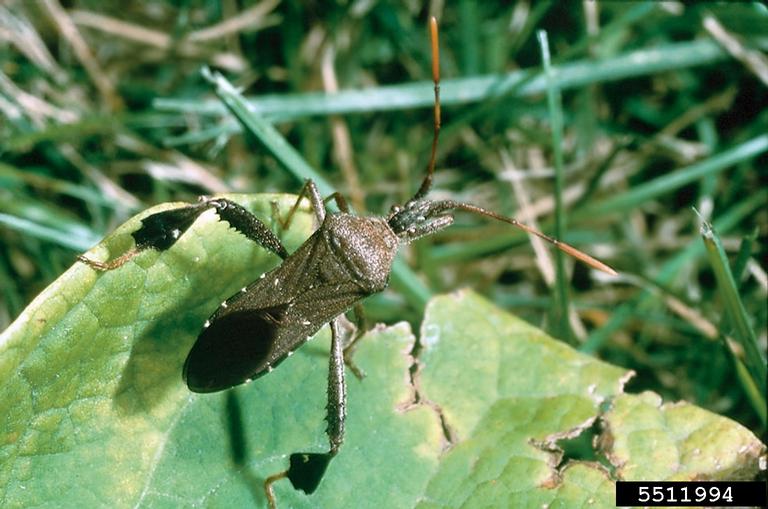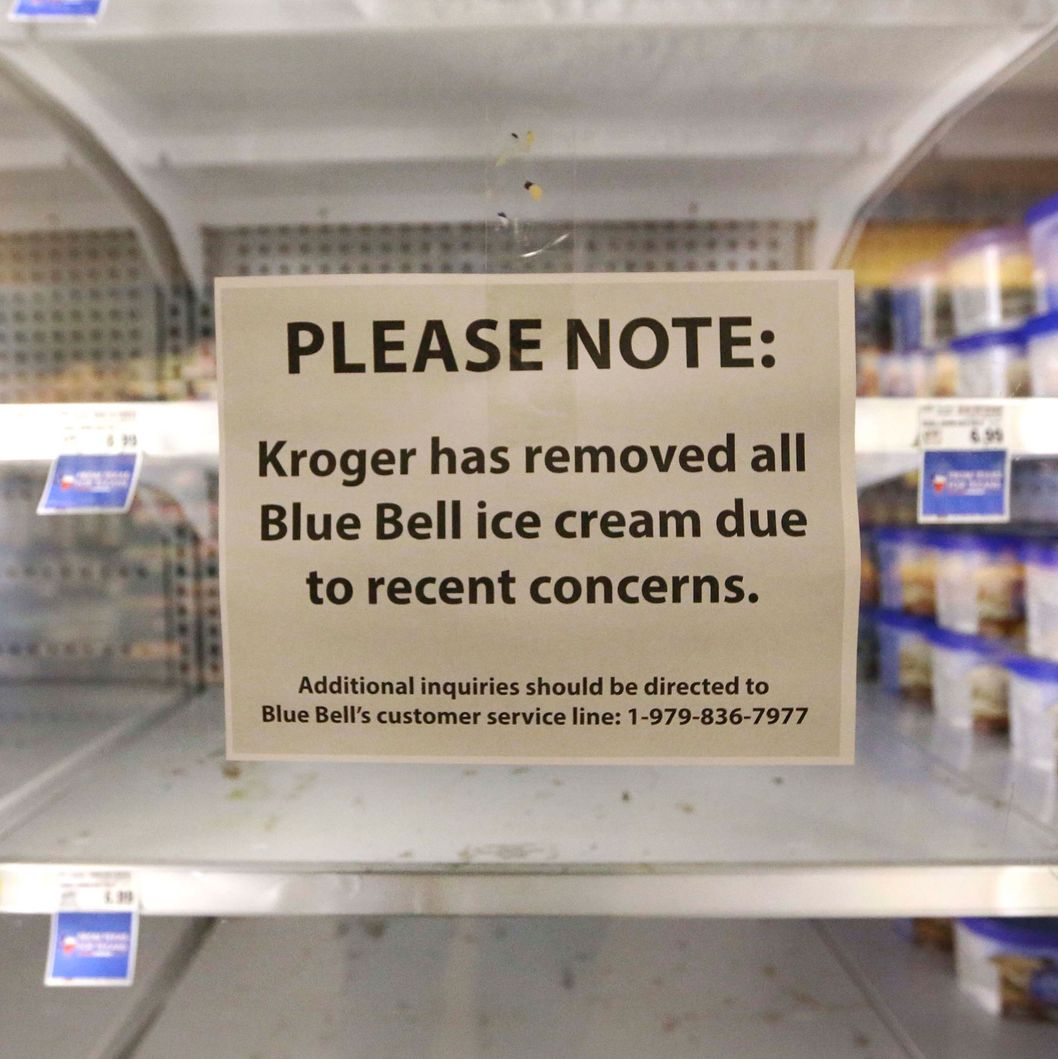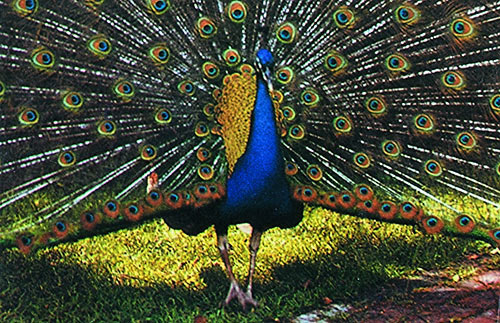The words to the song on a recent Blue Bell ice cream commercial went as follows:
"I remember our old country home. Clean fresh air and flowers growing in the fields, along the path, behind our swimming hole. Momma hollering through the screen. "Would you kids like some homemade ice cream?" That was such a simpler time and place. Blue Bell tastes just like.... The good ole days."
Not true. I think Momma would holler: "If you want some homemade ice cream, you better come turn the crank. It's your turn!" I can remember making ice cream well back when we were kids. We would take turns cranking, adding ice and rock salt. We'd be tired from cranking, but so excited to eat some delicious homemade ice cream.
We normally make homemade ice cream with the fresh cream from our Jersey Cows, but when we do purchase ice cream, we purchase Blue Bell. We could pry the rim off a half gallon and armed with spoons, destroy a container of Moo-lenium Crunch, or Cookies 'n Cream, or Mint Chocolate Chip.
When I was in the grocery business, I sold many a container of their ice cream. They operated to exacting standards. If our store's ice cream freezers had trouble and would barely begin to defrost, they would make us throw all the ice cream away, issuing us "hot box" credits. They didn't want any ice cream to be sold that was sub-par. We've toured their factory at "the little creamery in Brenham" and would agree that compared to many brands, Blue Bell is indeed "better by a country mile."
And then absolute disaster struck. A listeria outbreak that sickened many and killed 3 in Kansas led to a total recall of all products. The CEO has made an agonizing decision to stop production, lay off many of their employees, and begin a long and tedious process of breaking down their production facilities piece by piece and thoroughly cleaning and repairing them.
According to
This LINK:
Inspectors found that the company's process for sanitizing equipment was inadequate. The plant failed to monitor the temperature of water used to clean equipment. Additionally, the building itself wasn't constructed in a way to prevent drips and condensation from contaminating ice cream and packaging materials, the report stated.
Experts say that listeria is tough to get rid of and can live on surfaces like drains and pipes for years.
"To get rid of it they'd have to take the equipment apart and clean it. It's a big job to control listeria in a plant," said Caroline Smith DeWaal, a director of food safety for Center of Science in the Public Interest.
Listeria is a particularly virulent and insidious bacteria. Refrigeration does not kill it. It will continue to replicate even in cold temperatures. Since we milk our own cows and drink raw milk, we've educated ourselves on the potential dangers and have put in steps in our milking regimen to proactively eliminate the chances of contamination.
In researching about listeria, we've learned that bleach will kill it, but the more important thing is to find the source of contamination. As the CEO ordered the cleaning/disinfecting of their factories, I began to think of the parallels. A parable is "an earthly story with a heavenly meaning." Believe it or not, I think there is a parable in the Blue Bell disaster that came to my little pea-brain when thinking about it. I'm no preacher - not even close, but just as I would be negligent in saying nothing as you ate a big bowl of listeria-laden ice cream, I would be equally negligent for not sounding the alarm that our factory has been contaminated and for not letting you know what you can do to protect yourself and your loved ones. Stick with me for a minute...
You know we're all contaminated, right? When Adam and Eve ate of the forbidden fruit in the Garden, we became recipients of original sin and that curse brings with it sure death. Horrible, I know. Things could have been so good, but instead we carry this curse. Creation carries this curse of sin, death, toil, heartbreak, and destruction. Everything is contaminated. Sin is in every nook and cranny and it replicates itself, living on forever and infecting everyone and every thing. Things that were created to bring such joy and satisfaction are now infected and there's absolutely nothing we can do about it.
Or is there? If we take a close look at our factory (our bodies) in light of Scripture, we can ascertain from looking at the forensic evidence that the source of the contamination is Sin. God hates sin and as a result we carry the penalty for it - a Death Sentence! But wait... Fortunately, we can receive a pardon.
You see, if we let him, our CEO (God) can come into our factory and completely clean it up, disinfecting it with an agent much stronger than bleach - His Precious Son's Blood. His blood will cover the infected surface areas of our factory, making us sparkling - like brand new! When our "production line" is re-opened, it'll be like a completely new factory.
The Gospel is simply Good News. It's nothing difficult. It's actually very simple. God provided His Son to be sacrificed on a cruel cross for our sins. We all sin. There's nothing we can do to remedy it - except Believe. We Admit that we are sinners. We Believe that Jesus Christ is who He says He is. We Confess our sins and understand that we have responsibilities as followers of Christ. We read His Word, learning, growing in Truth and we fellowship with other believers in a local church committed to teaching the Bible.
That's it! You know, hopefully Blue Bell will recover from all this. Blue Bell once had an ad campaign where they boasted that the cows thought that Brenham, Texas was Heaven. If you listen to the Good News of the Gospel and accept it, there is a 100% certainty that you will recover and will live in Heaven for eternity. That's Good News, indeed!




















































